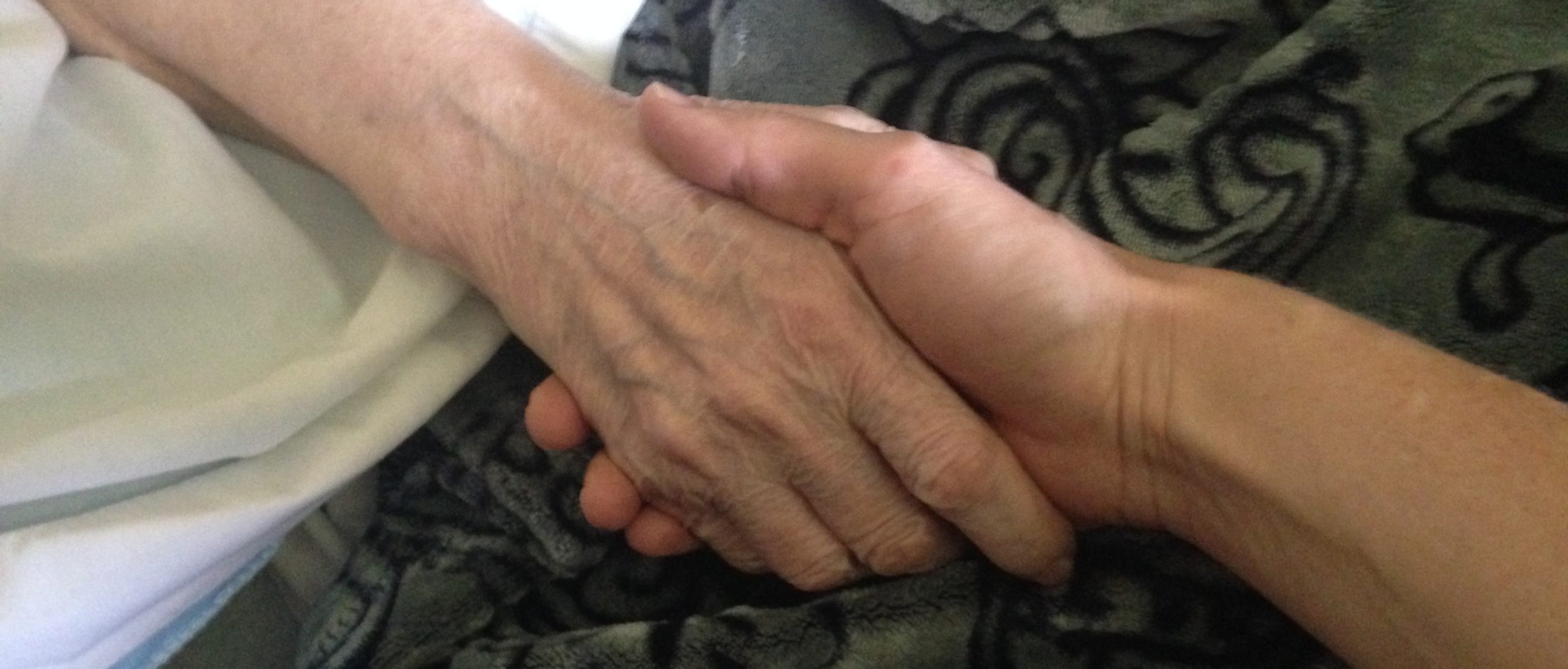Sugar Part 2
I had finally gotten my gluten and sugar addictions under control in 2015 and was flying high with my new-found health. One troubling symptom did not disappear in that early part of the year, however, and it completely baffled me.
I somehow was still having blood sugar issues. I would eat a large, healthy, balanced meal and an hour later I would be shaky and faint, running for my trusty peanut butter. How could that be when I was eating very little added-sugar?
Dr. David Perlmutter, M.D., in his book, “Grain Brain,” writes that all grains — even the so called healthy whole grains and not just those containing gluten — spike blood sugar to dangerously high levels. In the book, he explains the process that leads to diabetes:
“High blood sugar … produces high insulin, which is released by the pancreas to move sugar into the body’s cells. The higher the blood sugar, the more insulin must be pumped for the pancreas to deal with the sugar. And as the insulin increases, cells become less and less sensitive to the insulin signal. Basically, cells cannot hear insulin’s message. What the pancreas does, as anyone would do if a person couldn’t hear your message, is speak louder — that is, it increases its insulin-output, creating a life-threatening feed-forward process. Higher levels of insulin cause cells to become even less responsive to the insulin signal, and in order to deal with lowering the blood sugar, the pancreas works overtime, increasing its insulin output further, again to maintain the blood sugar. Even though the blood sugar is normal, the insulin level is climbing.”
This leads to insulin resistance, he says, and as the situation progresses, the pancreas reaches its limit in insulin production and cells no longer respond to it. Blood sugar continues to rise without insulin to lower it again, and type 2 diabetes results.
Perlmutter says when giving lectures within the medical community, he likes to show four pictures, each one showing a certain food: a slice of whole-wheat bread, a Snickers bar, a tablespoon of pure white sugar and a banana. He then asks the group which are highest on the glycemic index — a scale rating foods by how much they affect blood sugar with the reference point of pure glucose, which has a GI rating of 100.
“Nine times out of 10, people pick the wrong food,” Perlmutter writes. No, it’s not the sugar (GI = 68), it’s not the candy bar, (GI = 55), and it’s not the banana (GI = 54). It’s the whole-wheat bread at a whopping GI of 71, putting it on par with white bread. (So much for thinking whole wheat is better than white.) We’ve known for more than 30 years that wheat increases blood sugar more than table sugar, but we still somehow think that’s not possible. It seems counter intuitive. But its a fact that few foods produce as much of a surge in blood glucose as those made with wheat.”
This surprised me, but I knew it wasn’t the reason for my continued blood sugar issues, having also given up gluten and drastically cut my grain intake in general. There I was, basically eating only fruits, vegetables, meat, eggs and nuts, but for some reason, I still couldn’t get my blood sugar under control. For advice I went to my brilliant microbiologist sister, Susan, my go-to girl for pretty much everything, but especially anything health- or science-related. She said, “Well, what kind of fruit are you eating?” I told her I was eating a banana as my morning snack everyday and would have another serving of something with my lunch.
“There’s your answer,” she said. Apparently I not only need to watch my added-sugar/grain intake, but also my fruit intake. She said bananas are one of the worst fruits to eat when it comes to blood sugar issues (with a GI of 54 as Perlmutter noted above) and suggested I try giving them up and see what happens. Dr. Dale Bredesen in “The End of Alzheimer’s” says a good rule of thumb for which fruits to avoid due to their being high on the glycemic index is anything tropical, i.e., bananas, mangos and pineapple. Fruits to embrace are berries and low-sugar fruit such as tomatoes and avocados. (As an aside, avocados should not be avoided because of their fat content! The fat in avocados is very healthy and should be consumed on a regular basis. More on fat in future posts.)
Turns out, Susan — and Bredesen — were right. My blood sugar issues fully disappeared after I gave up bananas. Who knew eating something that seemed so harmless — and healthy — was setting the stage for a day of a blood sugar roller coaster ride. Finally, I could cross diabetes off of my list of worries and another hole in Bredesen’s roof of 36 Alzheimer’s-causes was patched. U.S. nutritional guidelines recommend eating 5 servings of fruits and vegetables per day. Perlmutter recommends — and I quickly learned he was right — limiting fruit to 1 serving per day, with the other 4 servings going to vegetables (preferably not starchy ones, such as corn, peas and white potatoes). Eating vegetables in almost any form is better than no vegetables at all, but I prefer fresh and frozen only, no canned due to the salt and sugar usually added. Frankly, I probably eat far more than four servings of vegetables each day because I don’t measure portion and I have a rather sizable appetite. But as far as I’m concerned, when it comes to veggies, the more the merrier.
